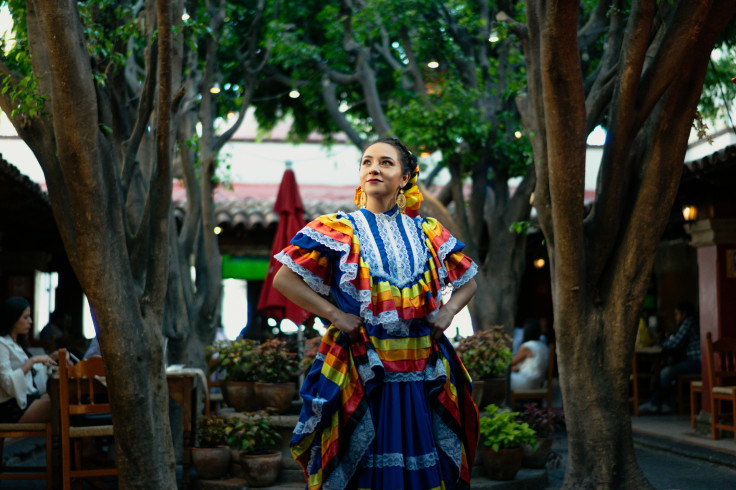What Is Cinco De Mayo And Why Is It Celebrated: Traditions, Dishes, and More
Cinco de Mayo is now celebrated across US as it has evolved beyond Mexican-American communities.

Brightly coloured bunting adorns shop windows. Supermarket end caps showcase tortilla chips, salsa and Mexican beers. Restaurant blackboards announce special menus featuring tacos and margaritas. Across US, these familiar May displays herald what many assume must be grandest national celebration in Mexico.
Yet the story behind Cinco de Mayo reveals something altogether more curious: a modest Mexican military victory that transformed, across decades and borders, into a cultural phenomenon far more enthusiastically embraced abroad than at home.
Beyond the Sombreros: The True Tale of Puebla
On 5th May 1862, Mexican forces achieved what seemed impossible. Outnumbered and outgunned, they repelled Napoleon III's French army at the Battle of Puebla during France's attempted occupation of Mexico. This unexpected triumph—while not decisive in the overall conflict—sparked tremendous pride among Mexicans. May 5 (Cinco de Mayo) commemorates defeat of French army.
News travelled northward via Spanish-language newspapers circulating in the United States. Mexican communities living across the border celebrated their homeland's victory with impromptu gatherings. Some men even journeyed back to join the Mexican resistance, leaving families behind who continued commemorating the battle from afar.
Although the significance of this war remained confined in the central part of Mexico, many Mexican soldiers who crossed the border with their families started a tradition to honour war heroes.
Is It as Important for Mexicans as It Is for Americans?
Although the battle is remembered in Puebla (where it happened), it has not been classified as a holiday in Mexico like Mexican Independence day on 16 September, Mexican Revolution on 18 November or 3 February, the official day to commemorate the creation of the constitution of 1917.
'Cinco de Mayo' is celebrated by Mexican-Americans in US using it as an opportunity to celebrate Mexican traditions, eating Mexican traditional food or drinking Mexican beer or Jarritos and items that are very iconic in the communities in states like California, Texas and Arizona.
The occasion has gradually transformed the commemoration into something uniquely their own—a celebration not merely of a battle, but of cultural heritage, family connections and shared traditions.
Cinco de Mayo is deeply rooted in indigenous Mexicans that won the war as the first indigenous president Benito Juárez was also part of it which is the main reason for its cultural push.
The holiday is marked by Mexicans by wearing garments like the huipil dress which is iconic celebrations as these dresses are also used in several parades conducted by Americans, with Mexicans dancing to the rhythm of mariachis or other Mexican traditional songs.
Perhaps most remarkably, Cinco de Mayo has evolved beyond Mexican-American communities to become something more inclusive—a celebration that invites everyone to participate in Mexican traditions regardless of heritage.
The surprising story of Cinco de Mayo speaks to something universal: how human cultures travel, adapt and flourish far beyond their birthplace, creating new traditions whilst honouring their roots.
© Copyright IBTimes 2025. All rights reserved.






















